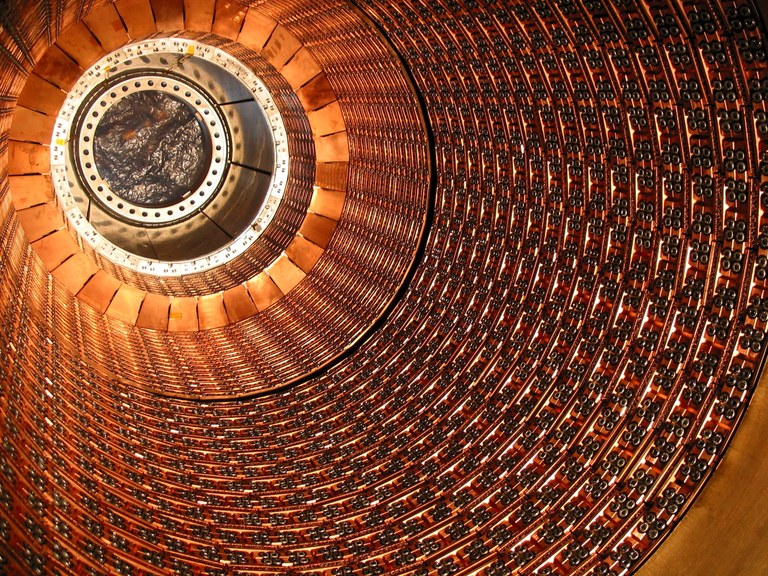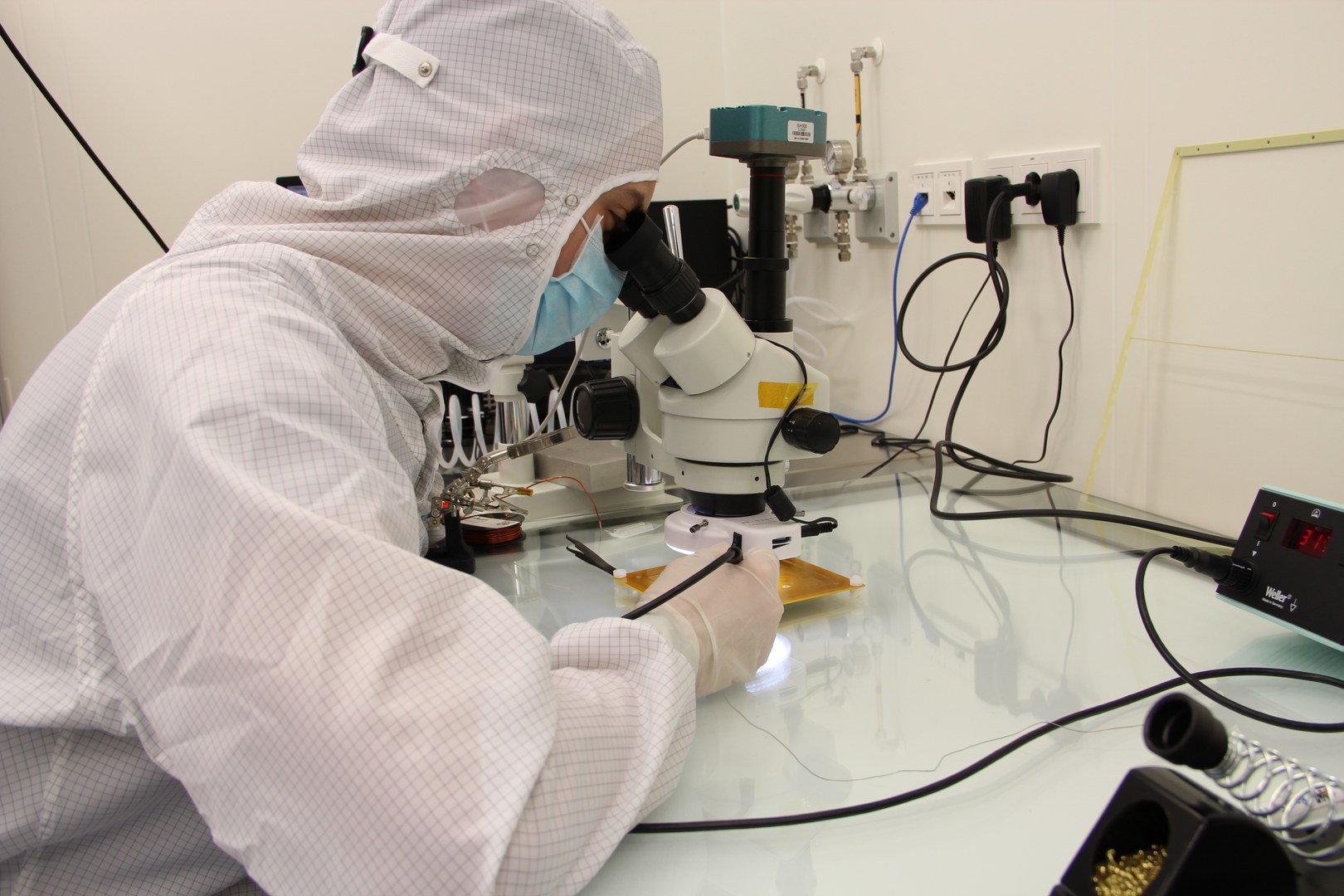Research
Here you can find more details of our main areas of research and the research institutions based in Bonn as well as an overview of successful third-party-funded projects and their funding providers.
Our research focuses on hadron and particle physics, condensed matter/photonics, astrophysics and other fields.

Hadron and particle physics
Researchers of our faculty investigate the fundamental building blocks of matter in theory and with experiments.

Photonics/Condensed matter
Our working groups conduct research in this area and teach a structured curriculum to students looking to specialize in this field.

Astronomy/Astrophysics
The research groups of the Argelander Institute focus on theoretical and observational astronomy.
Further research fields
MR Physics
The MR Physics research group studies innovative medical imaging techniques for preclinical biomarkers in patients with neurodegenerative diseases.
Neurophysics
Neurophysics is geared toward opening up new diagnosis, treatment and intervention options for people with epilepsy and other neurological conditions.
Numerous research facilities offer the physicists in the specialist group a unique environment for cutting-edge research in both experimental and theoretical physics.

Bethe Center for Theoretical Physics BCTP
In the spirit of Hans Bethe the Bethe Center for Theoretical Physics fosters research activities over a wide range of theoretical and mathematical physics.

Bonn Fiber Lab
The Bonn Fiber Lab manufactures miniaturized optical cavities for applications in quantum optics and spectroscopy, and it provides them to research groups in Bonn and to collaborating groups around the world.

Bonn Isochronous Cyclotron
The Bonn Isochronous Cyclotron was built by the Großwelzheim-based AEG-Beschleunigerbau between 1968 and 1970. It is the third machine of its kind, following in the footsteps of others in Karlsruhe and Jülich.

Bonn Isotope Separator
The Bonn Radio Isotope Separator gives many research units a unique opportunity to produce isotopes, separate them by mass and implant them into specially prepared samples.

Electron Stretcher Accelerator (ELSA)
The Electron Stretcher Accelerator (ELSA) features an electron accelerator as well as experimental facilities for studying the resonance structure of protons, neutrons and mesons.

Research and Technology Center for Detector Physics (FTD)
FTD will serve as a hub for research units at the University of Bonn that are working on developing new detectors for proving the existence of the smallest particles in the universe.
The Department of Physics and Astronomy conducts innovative top-level research in various different fields that are tackled from both experimental and theoretical angles and that are supported financially by the associations and networks listed below.
DFG associations and networks
Projects funded by the German Research Foundation (DFG).
BMBF associations and networks
Projects funded by the Federal Ministry of Education and Research (BMBF).
EU/ERC Projects
Projects funded by the European Union (EU).
Transdisciplinary Research Area
Building Blocks of Matter and Fundamental Interactions (TRA Matter)
Involvement in the Cluster of Excellence
The Matter and Light for Quantum Computing (ML4Q) Cluster is geared toward creating new computer and network architectures based on the principles of quantum mechanics.

The Industry Liaison for the Department of Physics and Astronomy facilitates partnerships between industry and the university’s physics research community. Their role is to connect faculty, students, and external organizations to foster collaboration, innovation, and technology transfer.